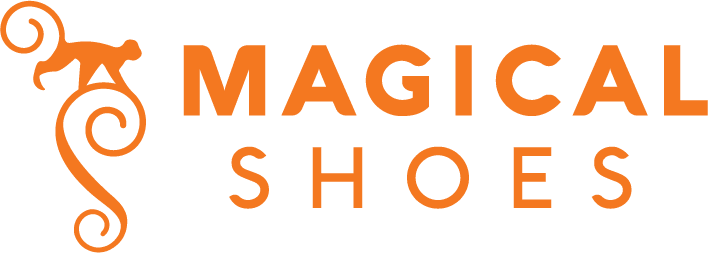
Running has accompanied humans since practically the beginning of our evolution. We used to run away from predators, often over very unfriendly terrain. Today, we put on comfortable shoes, play music, and run on level pavement.
Before you get upset with us marathoners or Runmaggedon warriors, let us reassure you—we’ve exaggerated a bit!
That doesn’t change the fact that, these days, the running adventure starts with the choice of footwear. Barefoot running is not a very popular running style, but more and more people are starting to practice natural running, and the “back to basics” movement itself seems to be gaining new followers.
What is natural running? What should you look out for? What are natural running techniques?
You can read all about it in our article.
What is natural running
In most of today’s running shoes, we can find very similar features: cushioning, a thicker sole, and a heel-to-toe line drop. This forces us to walk precisely from the heel, as it is difficult to really run otherwise in such shoes. The heel itself has no cushioning, so running from the heel without the right shoes could quickly lead to injury and joint damage. Standard running shoes do not replace the natural cushioning of the foot but transfer it to another part.
Meanwhile, the best friend of natural foot movement is running from the midfoot!
Natural running is a technique where no cushioning other than that provided by the midfoot is needed.
The design of the midfoot and the support of the tendons allow for an even distribution of weight. The Achilles tendon absorbs the momentum, the toes work, and the foot itself (e.g., through pain signals) informs us that our technique is wrong.
How do you get started with natural running?
Learning to run naturally is not a simple task. Since childhood, we are taught to move in footwear, and we often hear “run on your toes” in gym class, which is not a good thing either. To start running with your feet, first of all, you need to get used to the natural movement of your foot again and strengthen its muscles.
How do you strengthen your foot muscles?
- Start walking with the front of your foot on soft ground such as grass to get your foot used to a more natural movement.
- Strengthen your foot muscles with suitable exercises. The foot is an often overlooked body part in training.
- Your first natural running session should be short and preferably done in minimalist footwear.
- Learn natural running techniques such as the POSE technique,
strengthen calf muscles and toe muscles; try to spread your toes; or use, for example, separators to get them used to a more natural position.
If you already feel up to it, it’s time to start learning to run naturally. The aforementioned POSE technique created by Dr. Romanov is ideal for this. Its elements include:
- landing on the front of the foot with a bent leg;
- relaxing the lower limb so that it can absorb the loads resulting from the impact of the foot on the ground;
- performing a short movement in the corner leg;
- elaxation, especially in the shoulders;
- a straight position at the hips, and leaning forward by bending at the ankle joint.
The most important thing to do at the beginning is to run a maximum of 3–4 kilometers twice a week. Accelerating should be done by increasing the number of steps, not lengthening them.
In natural running, speed plays a secondary role; the most important thing is the correct handling of the center of gravity and the continuous training of natural running.
What to look out for when running naturally?
If you want to start running naturally, there are a few rules to stick to.
- As we mentioned in the previous paragraph, natural running requires a different foot movement. Changing your running technique can be a long process.
- Don’t underestimate learning to run naturally; focus on technique and proper foot placement.
- Start small; even the feet of natural-born runners can be deformed by inadequate footwear and will take longer to learn.
- Do not try to run naturally in cushioned shoes; this defeats the purpose.
- When running, focus on the correct movements that the POSE technique will teach you.
- Run in natural shoes; look for suitable shoe models that have zero drop (a flat sole); these are shoes without cushioning.
As long as you approach the whole science properly, you will notice positive changes in your body through minimalist running.
Minimalist shoes vs natural running
The topic of natural running is best started by choosing good minimalist shoes. Sounds like an advertisement for what? However, almost every portal will tell you straight: minimalist shoes provide the necessary protection for the running foot and, through their design, force the natural movement of the foot.
In what way?
- They protect the feet without affecting their natural movement.
- They have a completely flat, mega-flexible sole,
- have plenty of toe room,
- have no stabilization or cushioning,
- are very lightweight.
If you want to run without worrying about stepping on a stone or glass, natural shoes will make the change in running technique painless and more efficient.
You will find natural running shoes, specially adapted also for learning to run, in our shop. You will find a minimalist shoe model not only for running, but also for other activities.




Leave a Reply